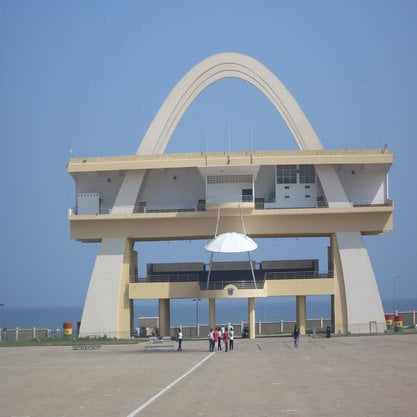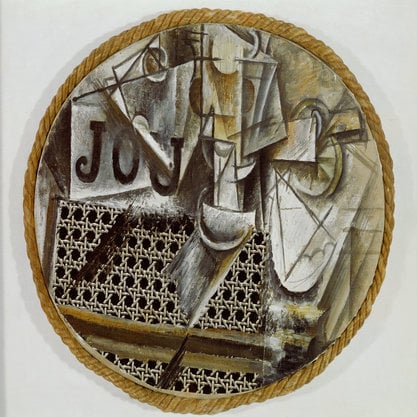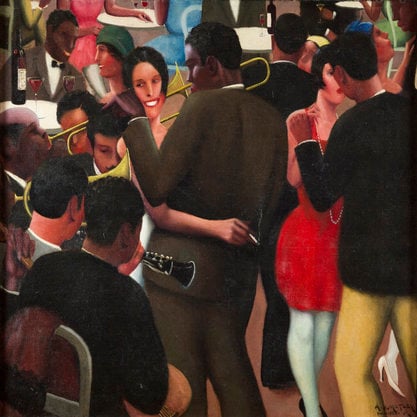Article
Kumalo, Sydney (1935–1988) By Stephenson, Jessica
Article
Sydney Kumalo (1935–1988) was an important early black modernist working primarily in cast metal sculpture and drawing. As an artist and educator, Kumalo’s contributions were twofold: he embraced sculpture at a time when most urban South African modernists worked exclusively in two-dimensional media; he also undertook a sophisticated rethinking of African sculptural forms through the language of international modernism. Kumalo initiated his art career at the Polly Street Art Centre in Johannesburg. Here he trained from 1952 to 1957 under Cecil Skotnes. Following this, he apprenticed with the sculptor Eduardo Villa until 1959. Early on Kumalo developed an interest in traditional West and Central African sculpture, as well as Cubism and mid-century European modernism and its related Primitivism, most notably the work of Marino Marini, Henry Moore, and Lynn Chadwick. Kumalo collaborated on a number of public art projects with Cecil Skotnes, and together with other South African artists (including Villa, Skotnes, Cecily Sash, Guiseppe Cattaneo, and Ezrom Legae) he exhibited locally and internationally as part of the multi-racial modernist Amadlozi Group. These collaborations highlight Kumalo’s refusal to accept the dictates of apartheid ideology.



